I thought I would post some photos of plants I’ve been growing. I’ve learned a lot just from converting my front and back lawns to various native plant communities. There so much nuance to the phenologies and habitat needs of each species, and there’s not really a lot of good info out there. I’ve spent a few years observing “natural” sites then trying to replicate some of that on a small scale. I’m hoping I can expand this to larger restoration sites eventually.
I tried to get some photos of this year’s camas seedlings. I started with some salvaged mature plants, and have been learning how to encourage seeding. Honestly, if you give camas the right conditions, its difficult to not have a huge number of plants after 3-4 years. I can see now how it would be sustainable to harvest them as they will need to be thinned in a couple of years.
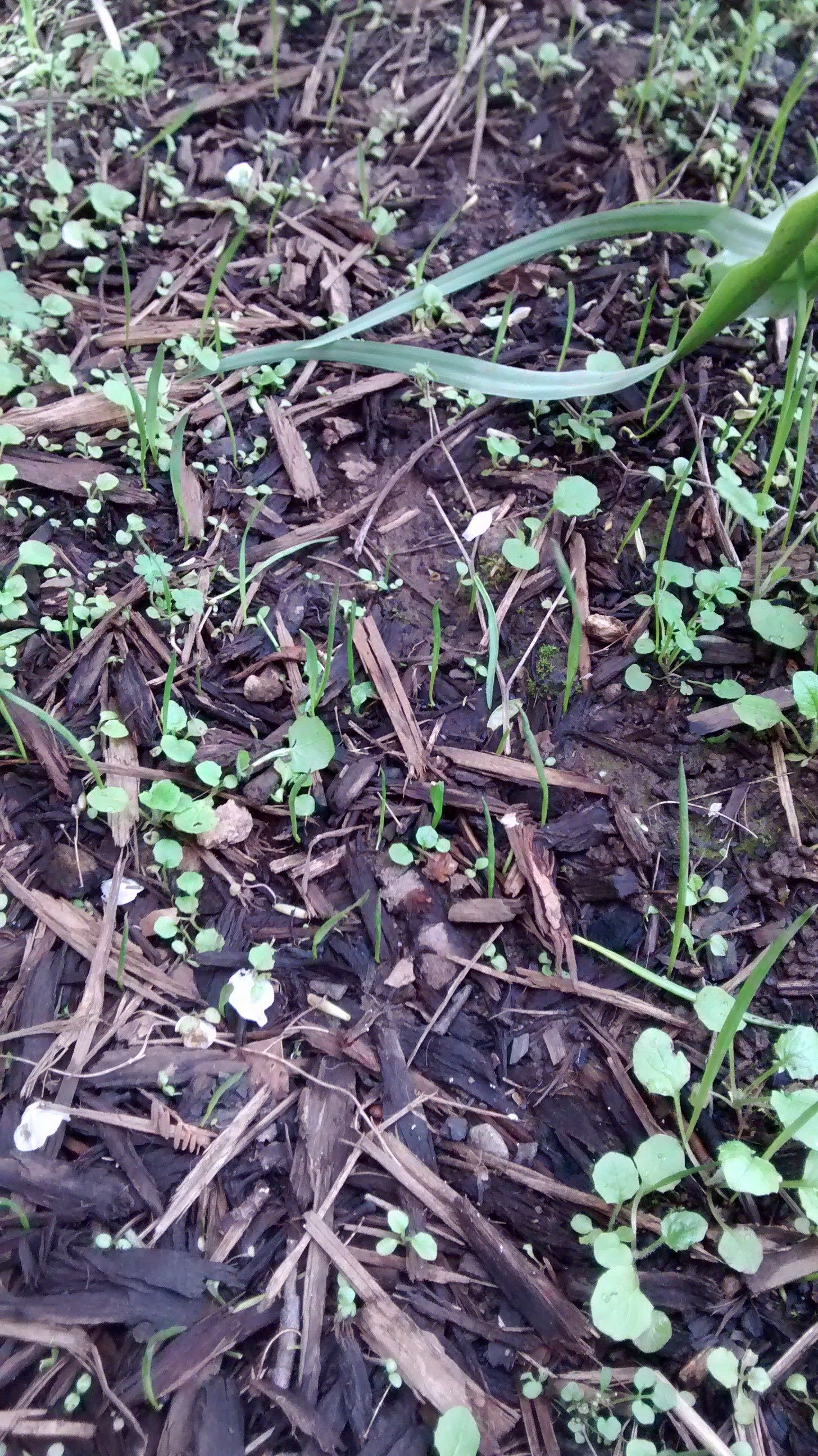
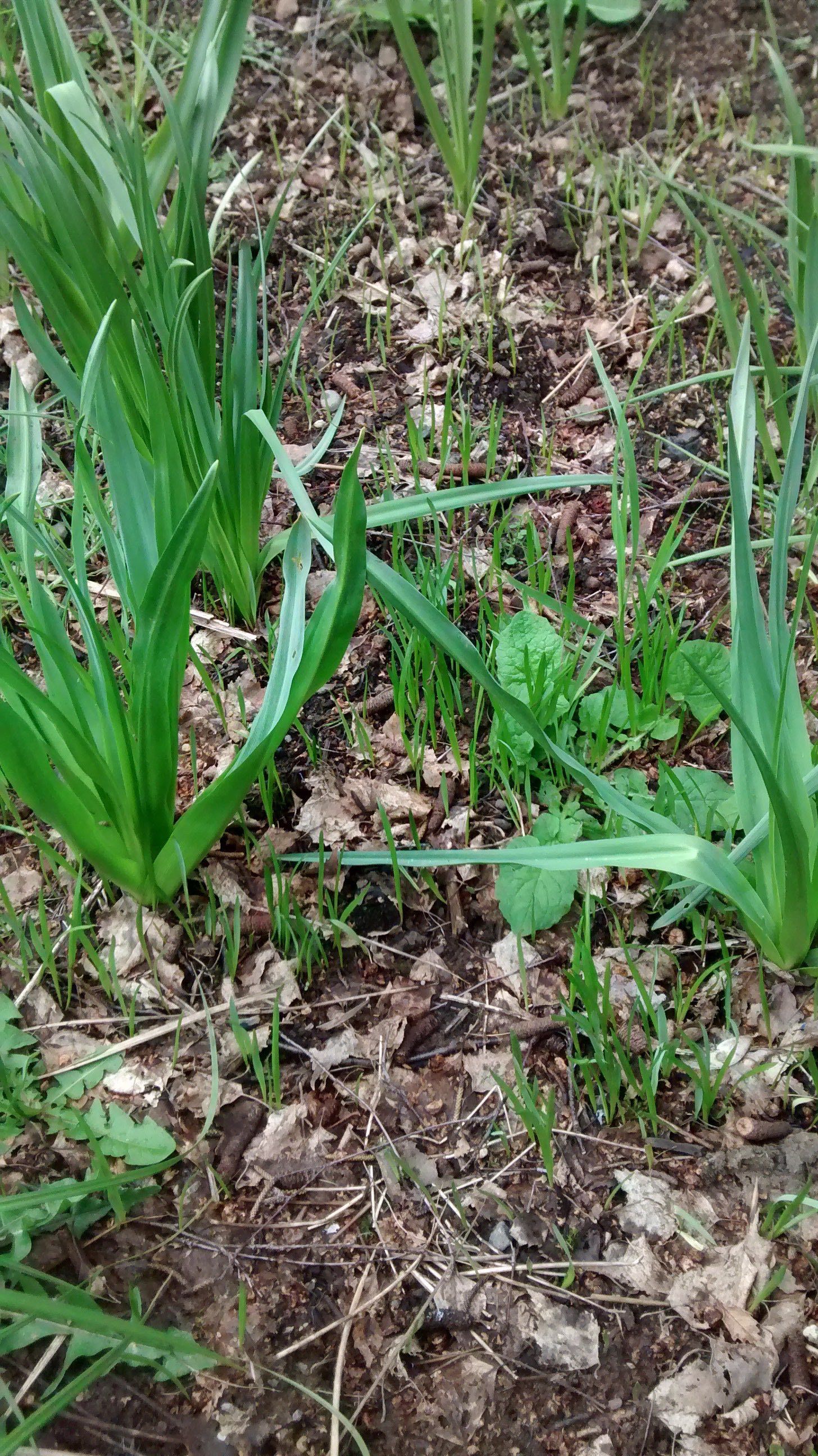
Same thing with these Lomatiums. With the right conditions, they are incredibly easy to plant back. I’ve been making Lomatium/cow parsnip stir fries this spring, and have hundreds or thousands of plants that will be mature in a year or two.
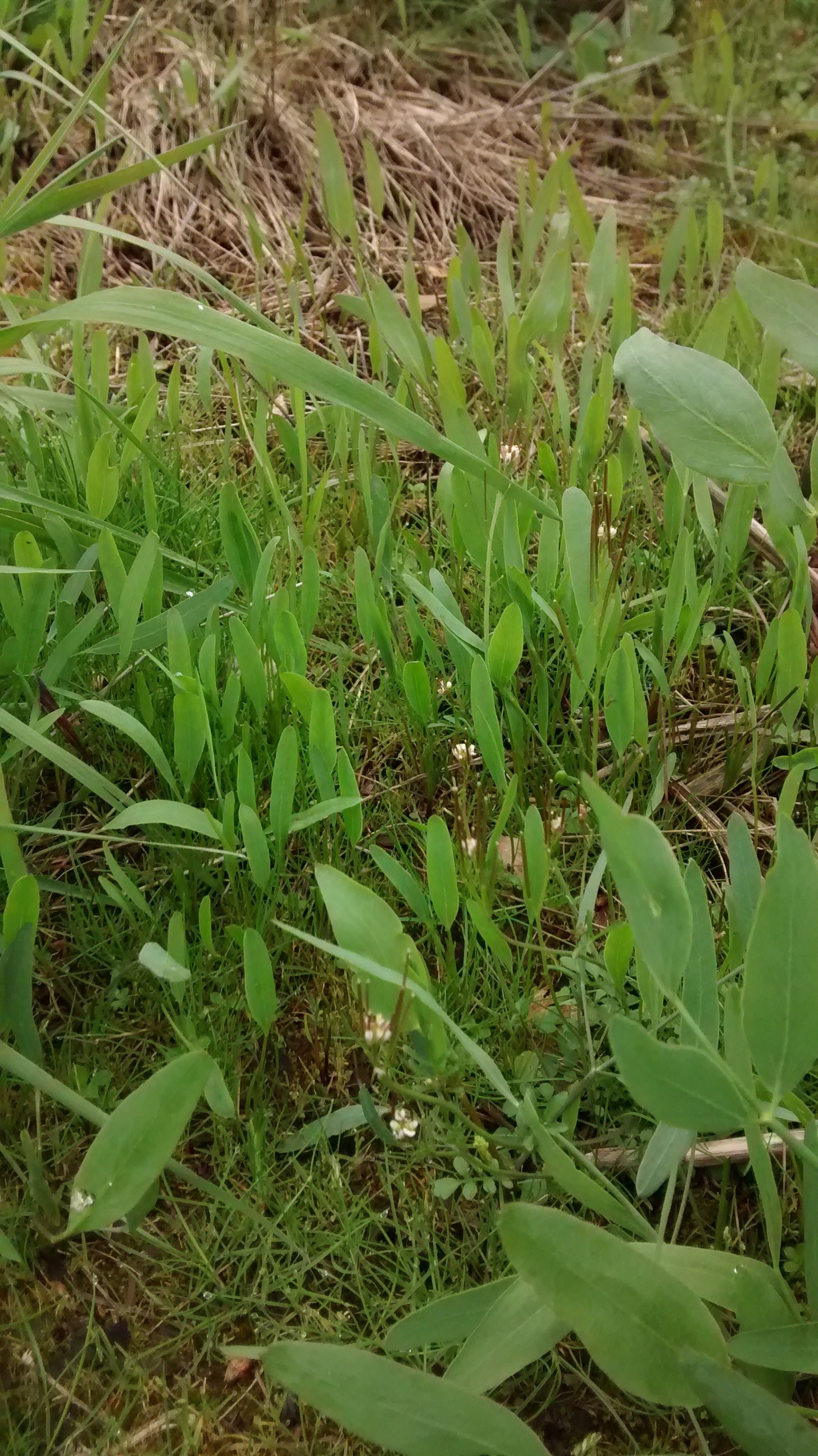
I also salvaged some wapato tubers two years ago. I put about 5 in each of 3 containers. I dug one of the containers this winter and had over 50 tubers from one years growth. Super excited about this plant. I just need more space!
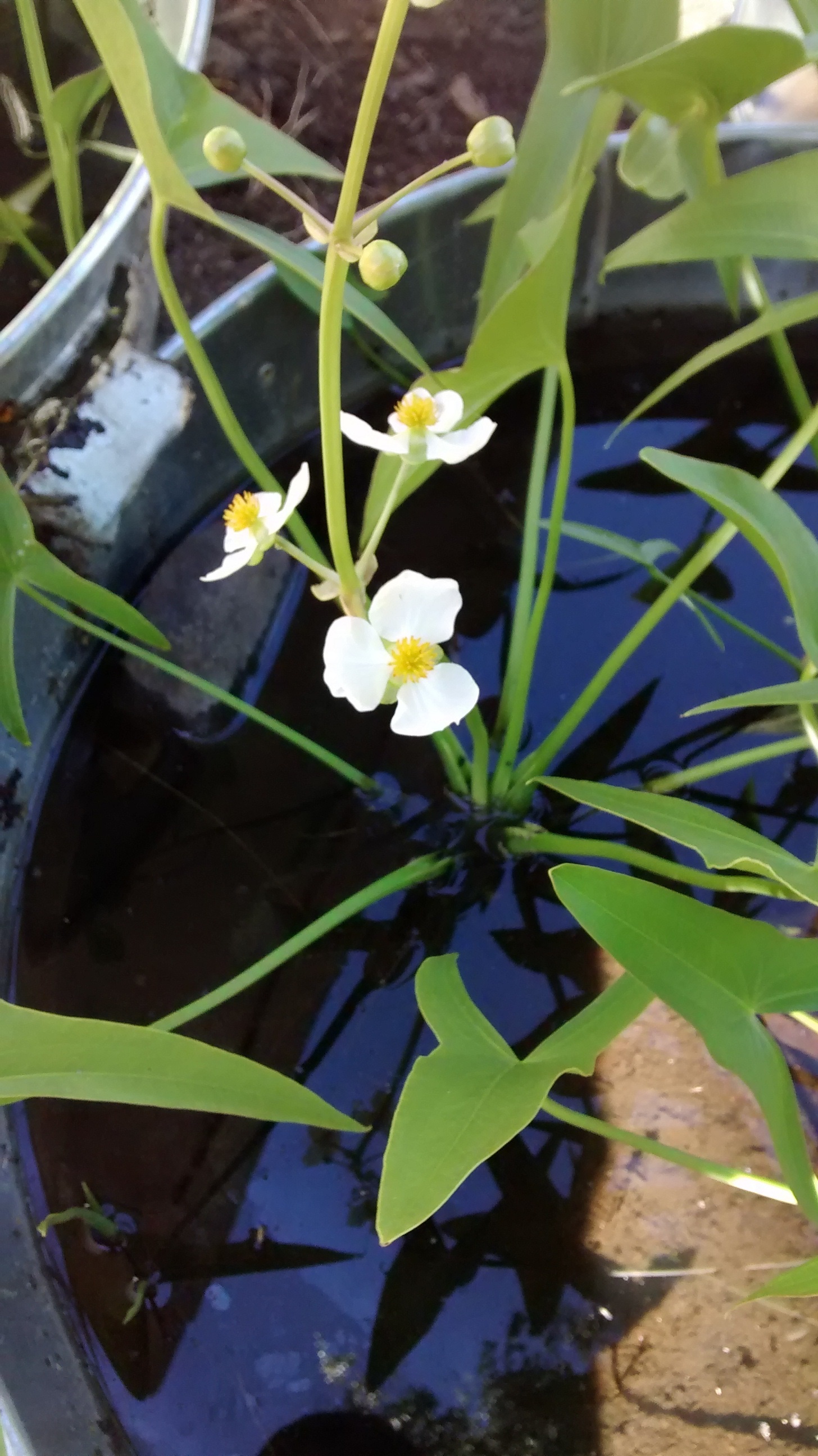
Nodding onions last summer.
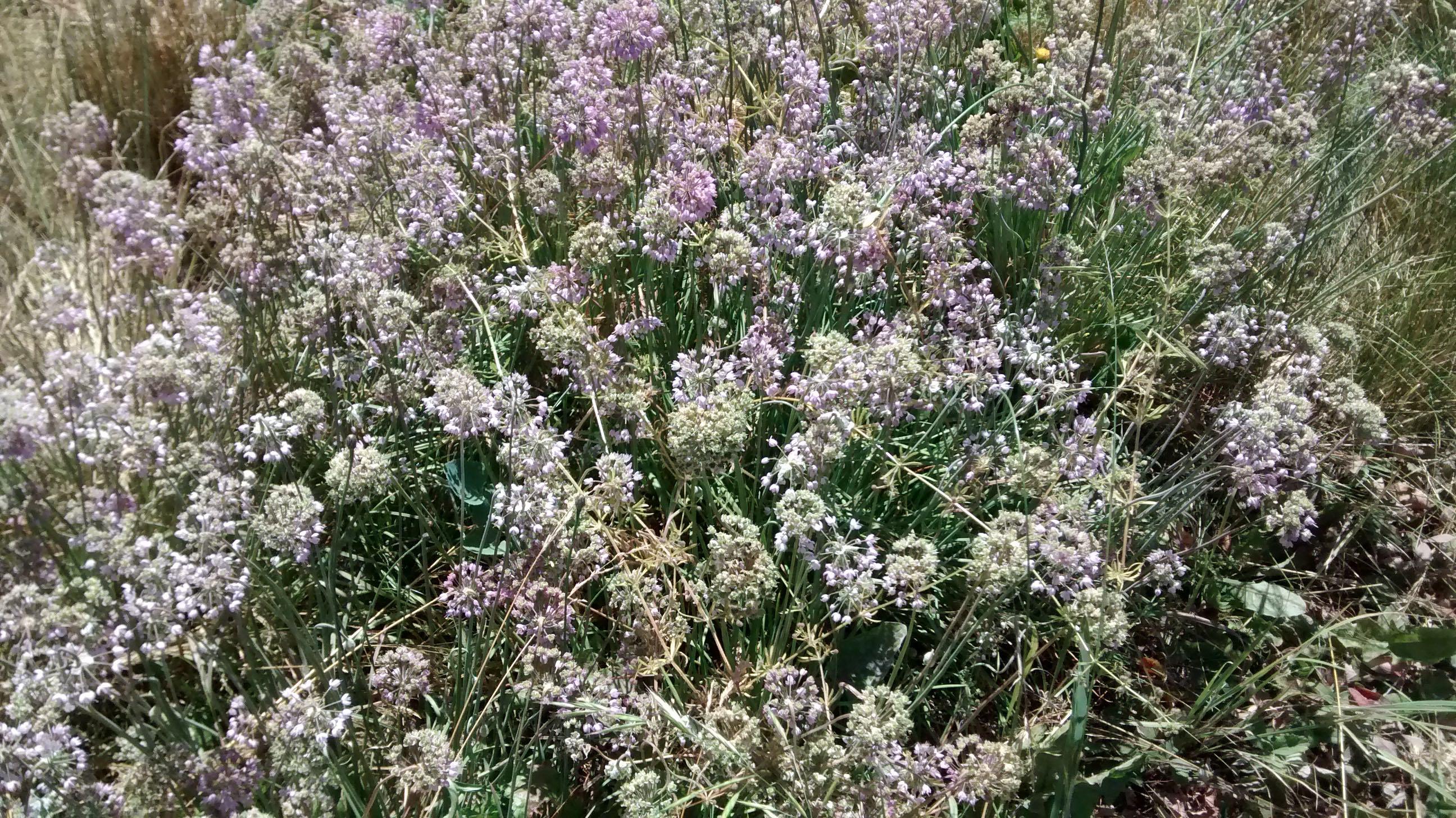
Fawn lilies that are being overgrown by cow parsnip.
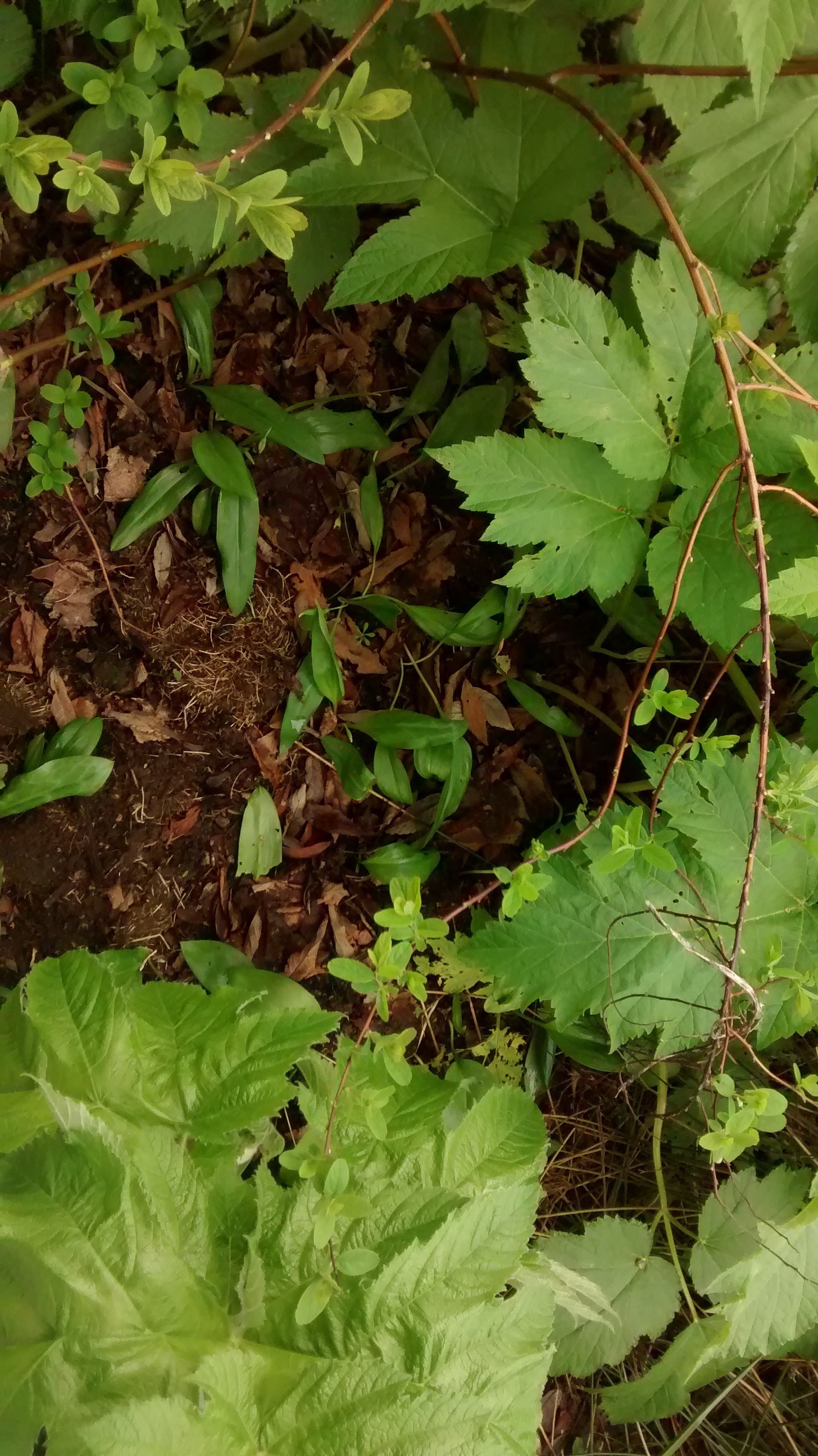
This is a grouping of plants that I’ve had a lot of success with. Its coastal strawberry, nodding onion, and Pacific silverweed. I became very excited about Pacific silverweed after reading Keeping it Living. I went to the coast and dug some from the rock on the shoulder of highway 101 where it is very abundant and often grows with strawberries. Its taken off and could easily take over a large area. I tried some of the roots in the winter. They didn’t offer much food after only one season, but they tasted pretty good.
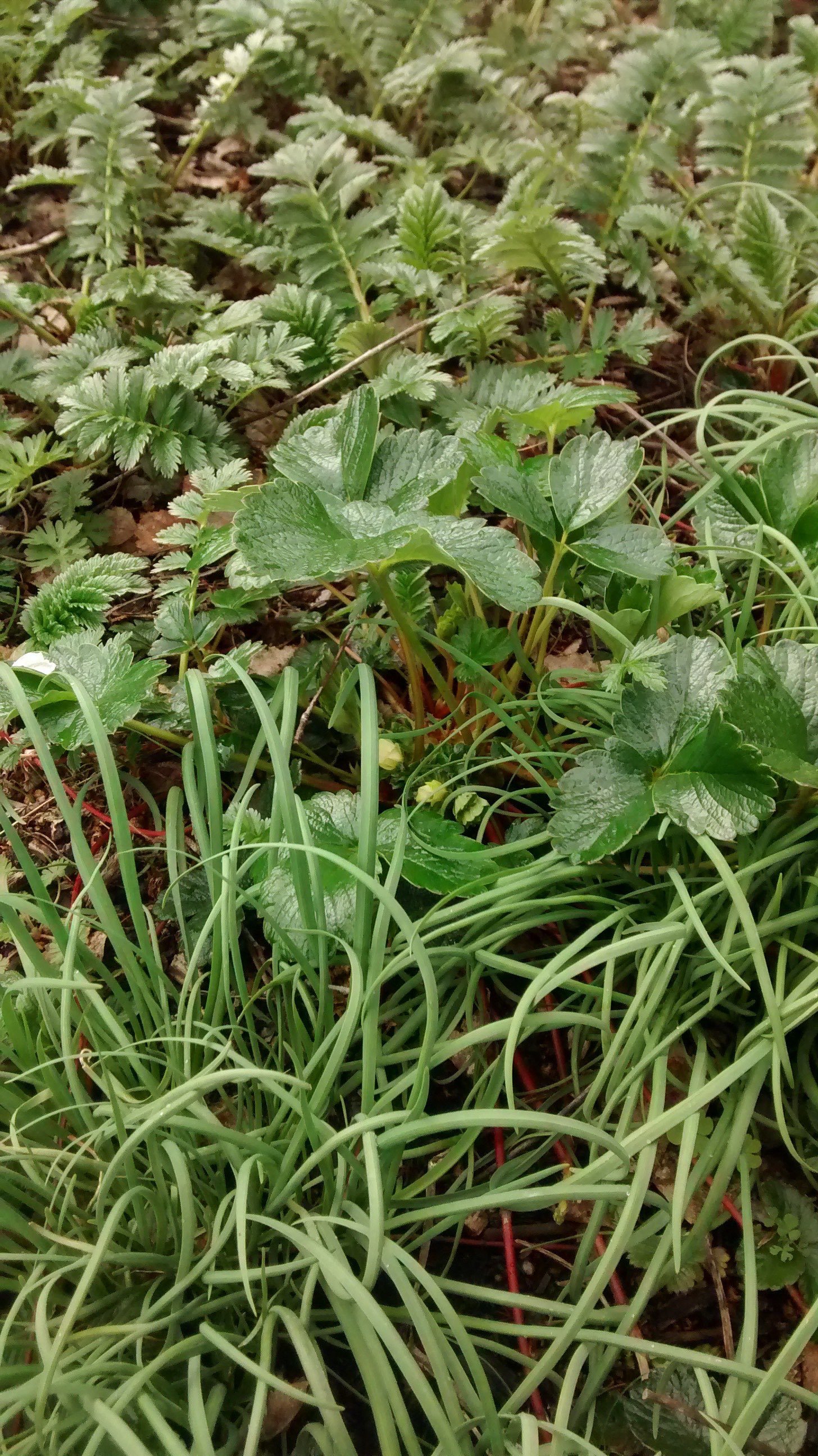
Anyway, just though I’d share my small scale attempts at plant salvage and “planting back”. Its really just a way to learn to do this in the wild with more confidence. I’d love to see pictures of your wetland project, Tracie. I’d also love to discuss seed/plant sharing. It would be great to start a network to share native plant propagules and info.













